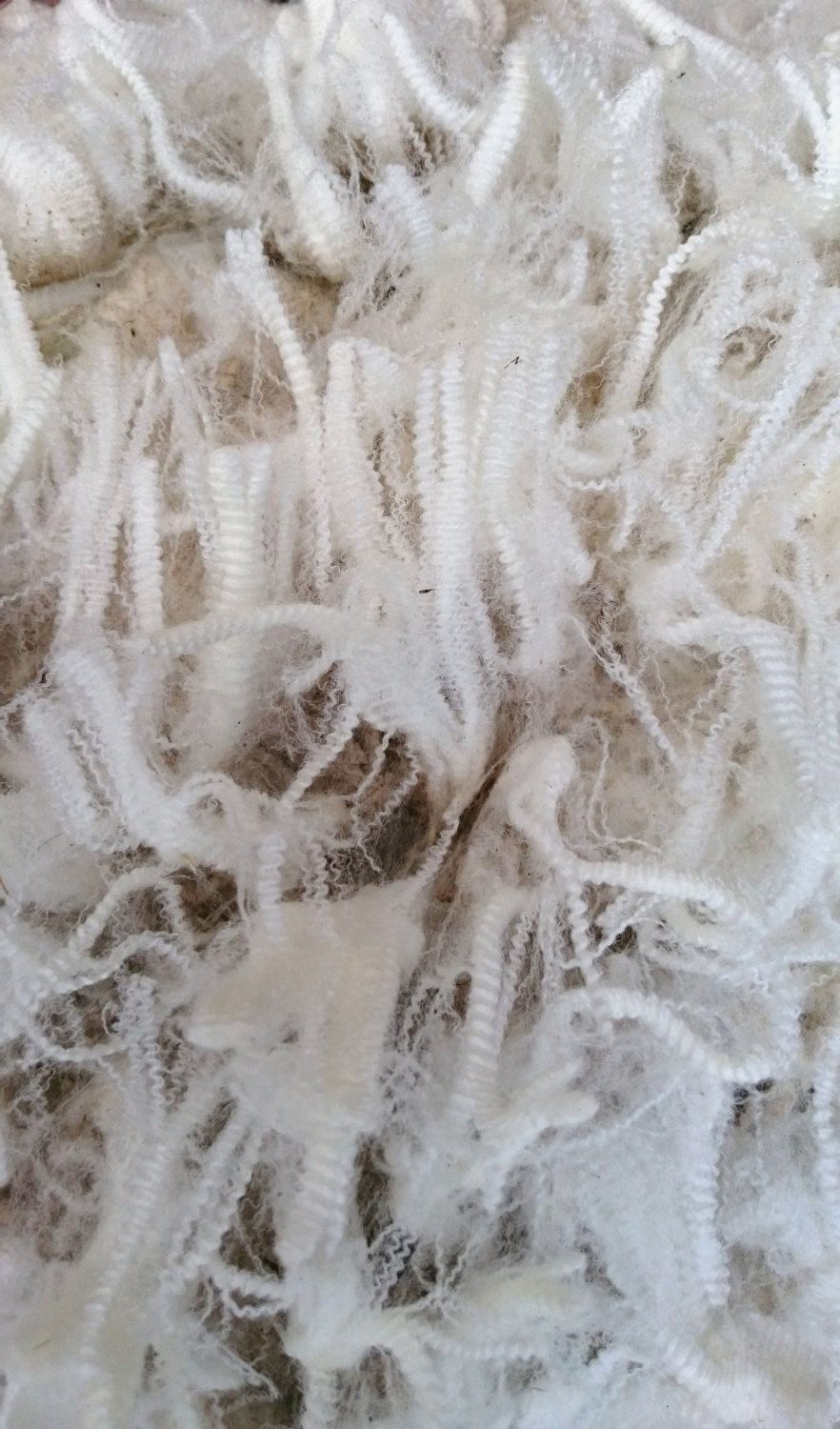Natural materials, Unnatural times (part 1)

The subject of using natural materials in art, which up until a few years ago seemed like very alternative and minor matter, has unavoidably become an important and central question artists, just like any person or company that makes products, must confront.
We have addressed the matter of natural materials here before, check it out here: meditativeartschool.com/natural-materials-colors
Addressing the complicated issue of Natural materials, in these modern Unnatural times

Perhaps before diving into this complicated matter, let us first clarify what are natural materials and what is it that we are talking about when referring to the use of natural materials in art.
Possibly, when the people think of when hearing about an artwork made from natural materials, the first examples that can come to mind are various earth sculptures, wood carving or stone figurines. These can be small, even miniature, as in jewelry making or decorative ornaments. And they can be vast and grand, such as great monuments, furniture making and large sculptures.
Traditionally, all art was made with natural materials, as these were the only materials that were available. It is only once new forms of materials, synthetic materials, were created, that the issue even came to be. Such materials include plastic, polyester and even glass. Synthetic materials are often made from a natural material, such as gas or oil.
The line between natural and not natural materials is not a clear cut, and we can see it as more of a gradient. Materials such as glass, for instance, can be seen as less synthetic then others, as they are created from natural materials.
and not natural materials is not a clear cut, and we can see it as more of a gradient. Materials such as glass, for instance, can be seen as less synthetic then others, as they are created from natural materials.
Glass, for example, is made from sand which is a natural material, and it is created through a synthetic process which transforms sand into glass. We therefor can see glass less synthetic then other materials.
Unlike the glass, polar fleece (or synthetic fleece) can be regarded as completely synthetic, as it is made from another synthetic materials. Synthetic fleece is made from plastic which is a synthetic material, and so we have both the starting materials synthetic and on top of that the process that is applied.
Polar fleece was originally created to imitate natural materials such as wool, while actually recycling plastic. Yet, while we can regard this relatively new material as merely a cheap imitation of a more rare and precious material, we can, on the other hand, acknowledge its uniqueness and respected on its own accord, for it has many great qualities that prevail natural fleece. Furthermore, if offers a great, useful, creative and efficient way to re-utilizes unwanted plastic.

Are natural materials good and synthetic materials bad?
Is it wrong to use synthetic materials and why does it really matter?
What really makes the difference between natural and synthetic materials? Are natural materials regarded more superior and more unique simply because they are rare and hard to find?
Materials such as Gold, diamonds, pearls, marble, leather, fur, and solid wood, are all associated with the most expensive and precious of goods. They are all materials that are hard to come by, they are not man-made, they are limited, and all have a deep, rich value and character. Their beauty is appreciated as a combination of a natural ‘godly’ made substance, in combination with fine and skillful human effort – to find, to polish, to mold, or to process in one way or another, to reach the final glorious results.
Never ending and everlasting vs. harming and poisoning
Personally, I find one of the most amazing qualities about natural materials is the fact that they are eternally recyclable. Through a simple process involving only time and water an old clay sculpture or clay pot can be recycled and brought back to its original and raw form of clay (as long as it has not been baked). It is then ready to be used once again and create with.
Gold, silver or any oth er natural metals can too forever be melted down and then reused, remolded and created with.
er natural metals can too forever be melted down and then reused, remolded and created with.
Some natural materials are easy to recycle, some simply compost and return back to nature, for instance if creating a straw hut, or jewelry made from coconut shell, these will simply need time and a natural environment, for they will compost, “dissolve” and return into nature.
Synthetic materials don’t work in this way. It is a complicated and very long process to recycle synthetic materials, and many materials, at least in this day and age, we actually don’t know how to recycle.
It can take decades and decades for many if not most synthetic materials to compost and “dissolve”. And during that process, they will have a poisoning effect on nature around them – be it the earth, air or water.
Synthetic materials harm the natural elements when they are created and unfortunately, also when they “dissolve”.
To the second part of this article press here: Natural materials, Unnatural times (part 2)














